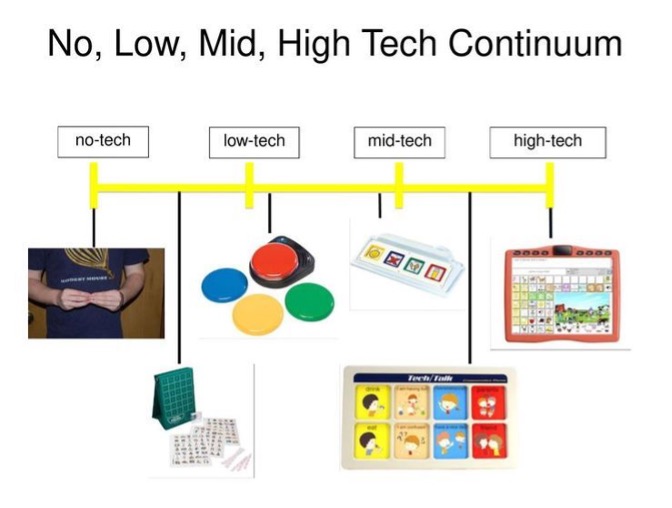Myth vs Facts: Augmentative and Alternative Communication

Augmentative and alternative communication (AAC) describes multiple ways to communicate that can supplement or compensate for individuals with impairments in the productions of spoken or written language.

Low-Tech: Communication boards or Picture Exchange Communication System (PECS)
Mid-Tech: Speech generating device, voice output aides
High-Tech: Speech generating device or tablet application, most customizable option (AAC device)
Myth #1: “If my child uses AAC, they will never learn how to talk.”
Fact: PECS and AAC Devices promote language development.
Myth #2: “AAC will delay speech development.”
Fact: AAC is an evidence-based practice that supports and encourages natural development of speech.
Myth #3: “AAC is only used to make requests.”
Fact: AAC increases expressive and receptive language development.
Myth #4: “Only kids who are Autistic use AAC.”
Fact: People of all ages may have challenges with speech or language skills and can benefit from AAC.
Myth #5: “AAC users must start with low-tech first.”
Fact: Many individuals can use high-tech devices from the start.
Myth #6: “AAC devices are too expensive, I can’t afford one.”
Fact: There is a variety of free resources as well as potential funding sources for assistive technology.

